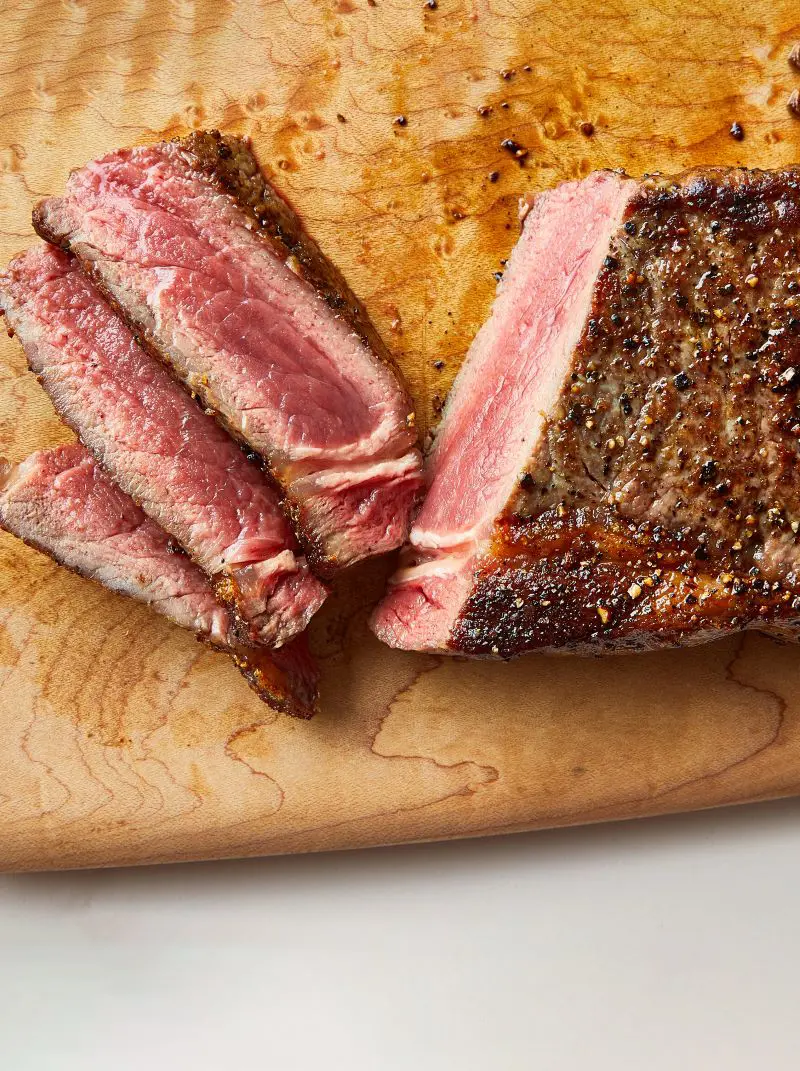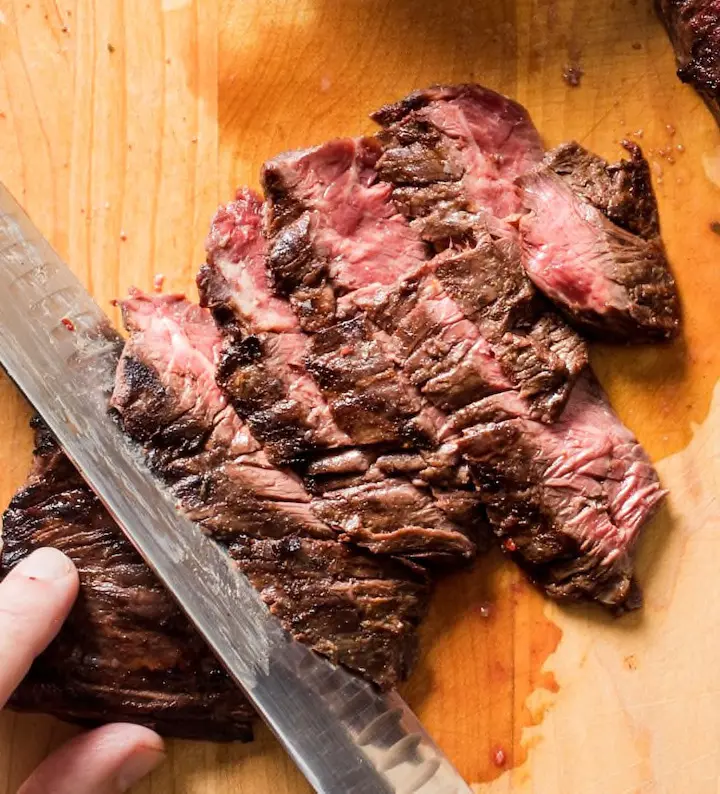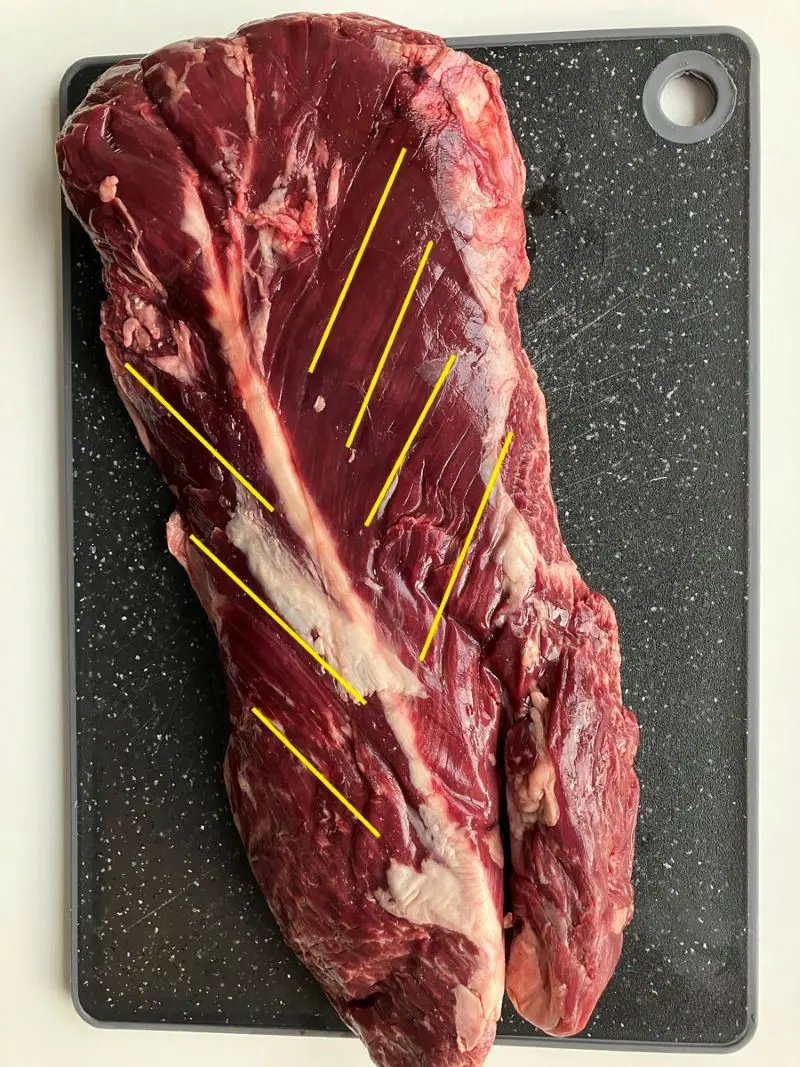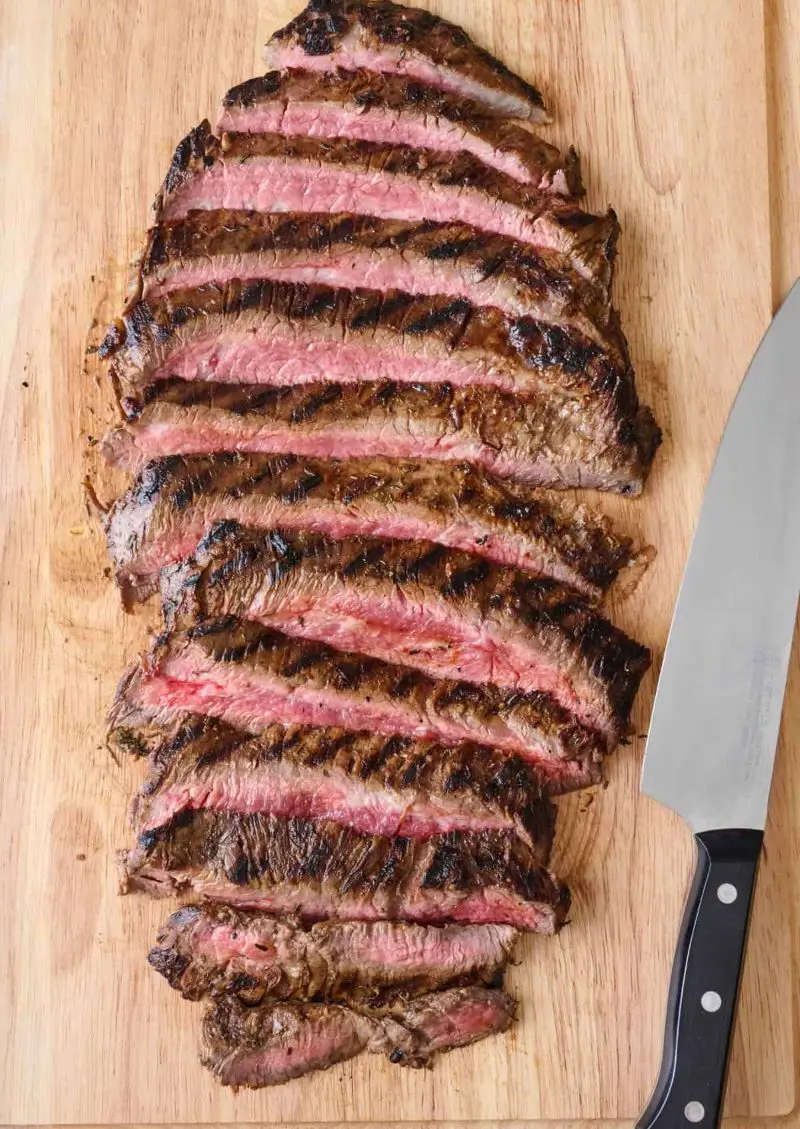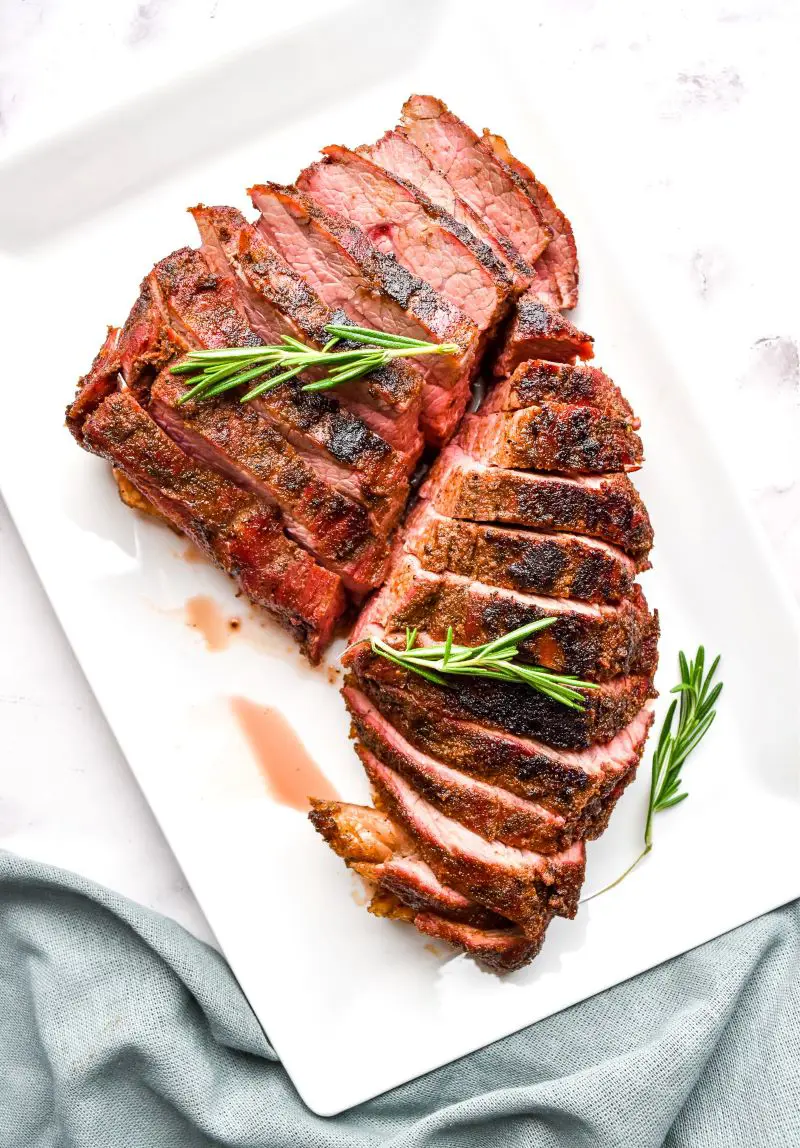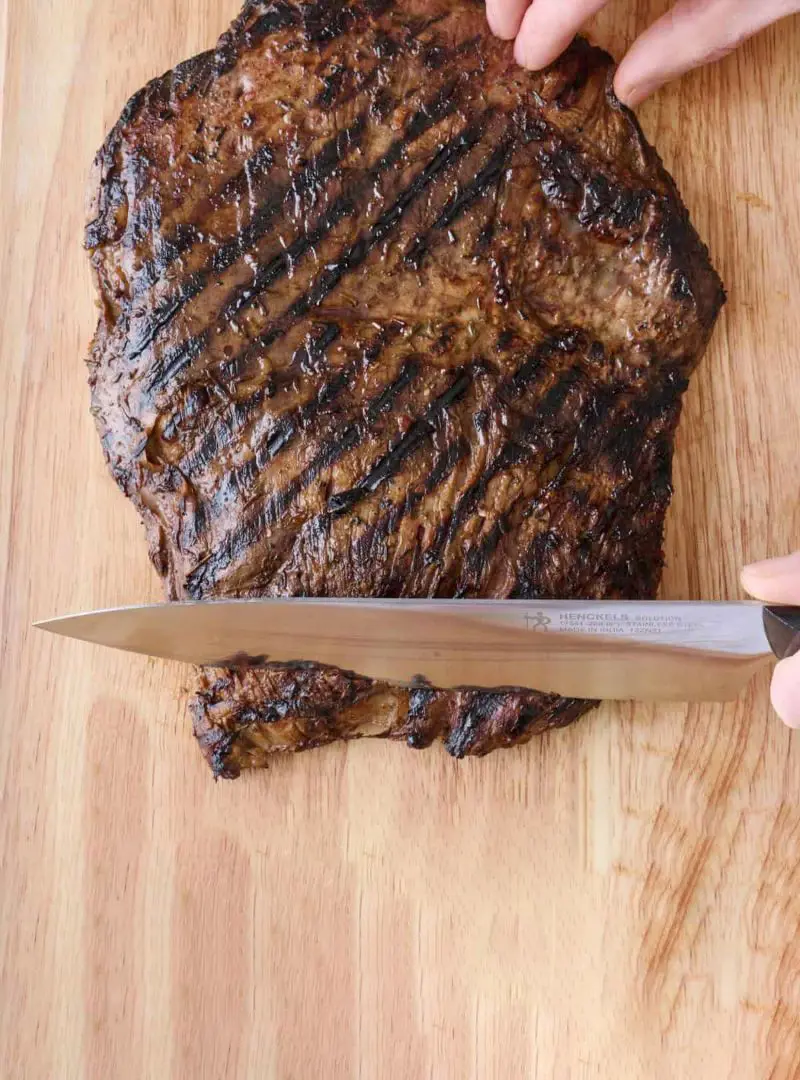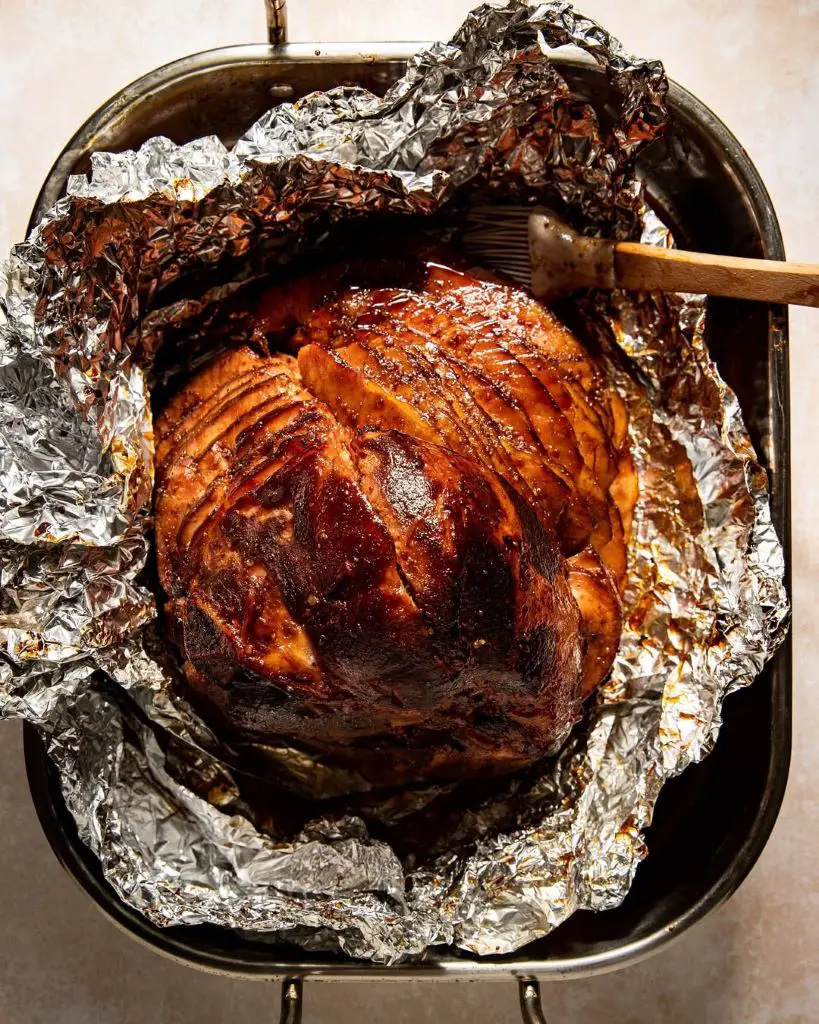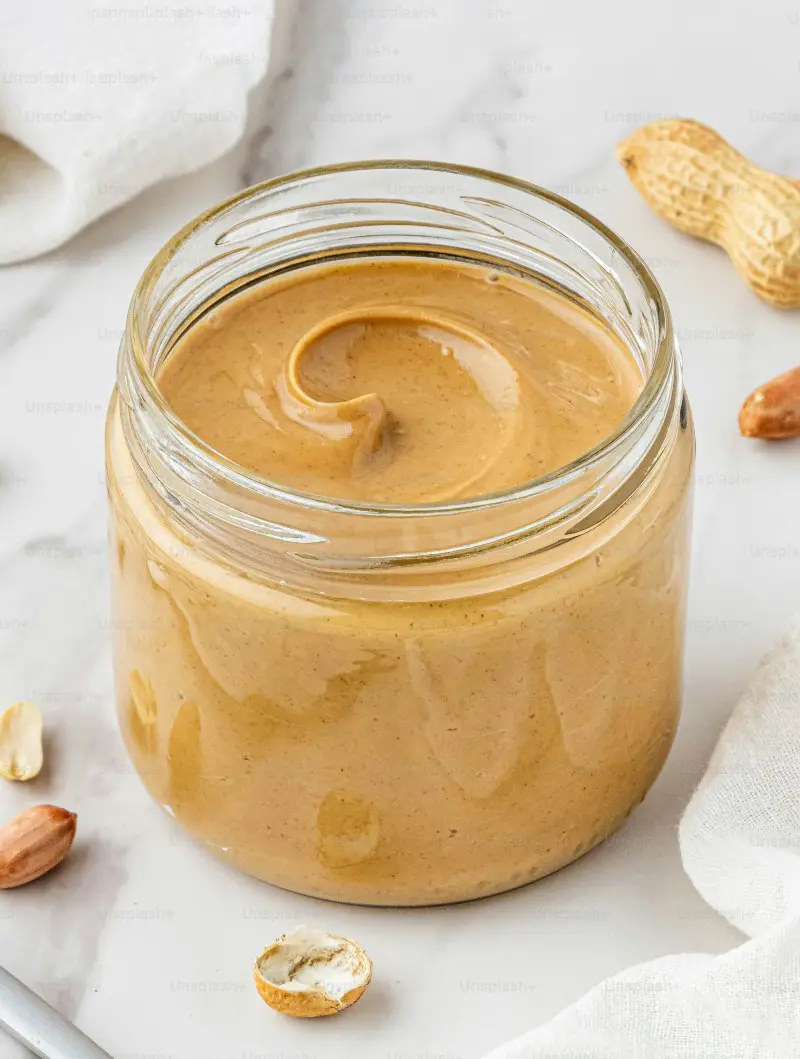How To Cut Steak Against The Grain
To slice meat in opposition to the grain, use a sharp knife to cut perpendicular to the grain. After making your first slice, take a look to ensure that the parallel traces of muscle fibers are still visible. The goal is to shorten the fibers, but the slices have to nevertheless display a couple of parallel lines.
Cutting with the grain, on the other hand, maintains the muscle fibers lengthy, which could make the meat chewy or difficult. Here are the steps to cut a steak perfectly:
1. Rest the Steak
After cooking, allow the steak to loosen up for 5–10 mins. This lets in the juices to stay in the meat in place of running out onto your plate. Place the steak on a slicing board and cover it loosely with foil if needed.
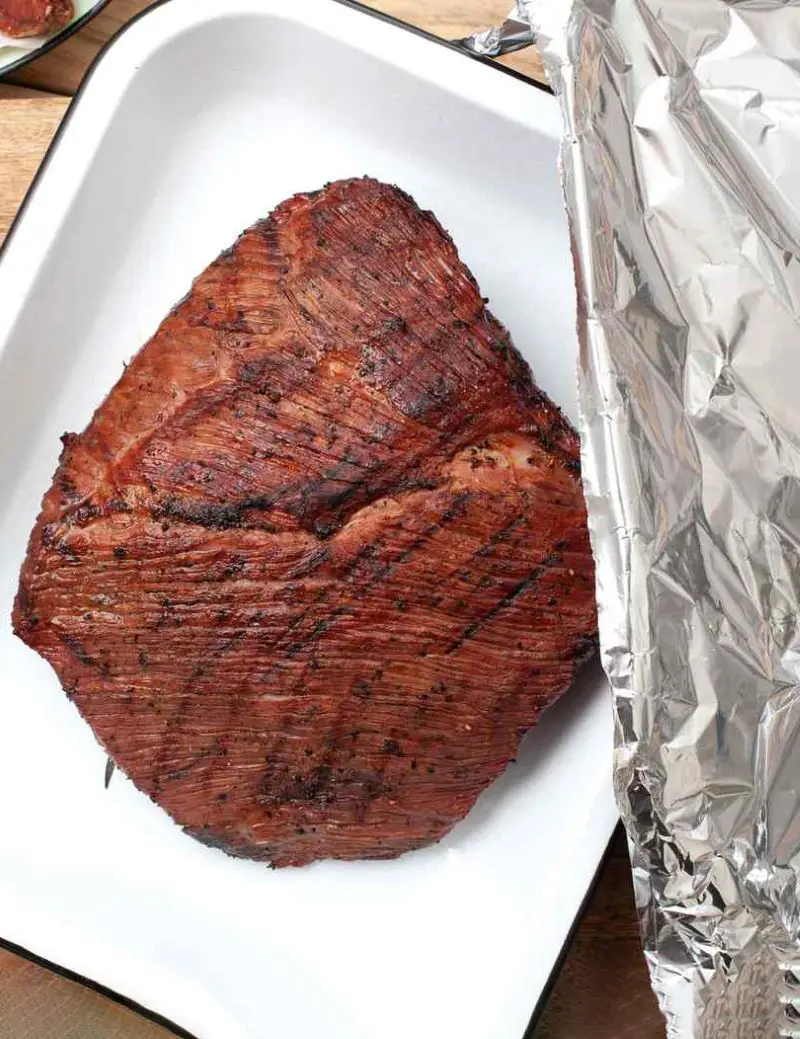
2. Identify the Grain
Look intently at your steak. You will see lines running through it. These strains are called the "grain." The grain indicates the course of the muscle fibers. Understanding the grain is crucial because it helps you recognize a way to cut the steak nicely.
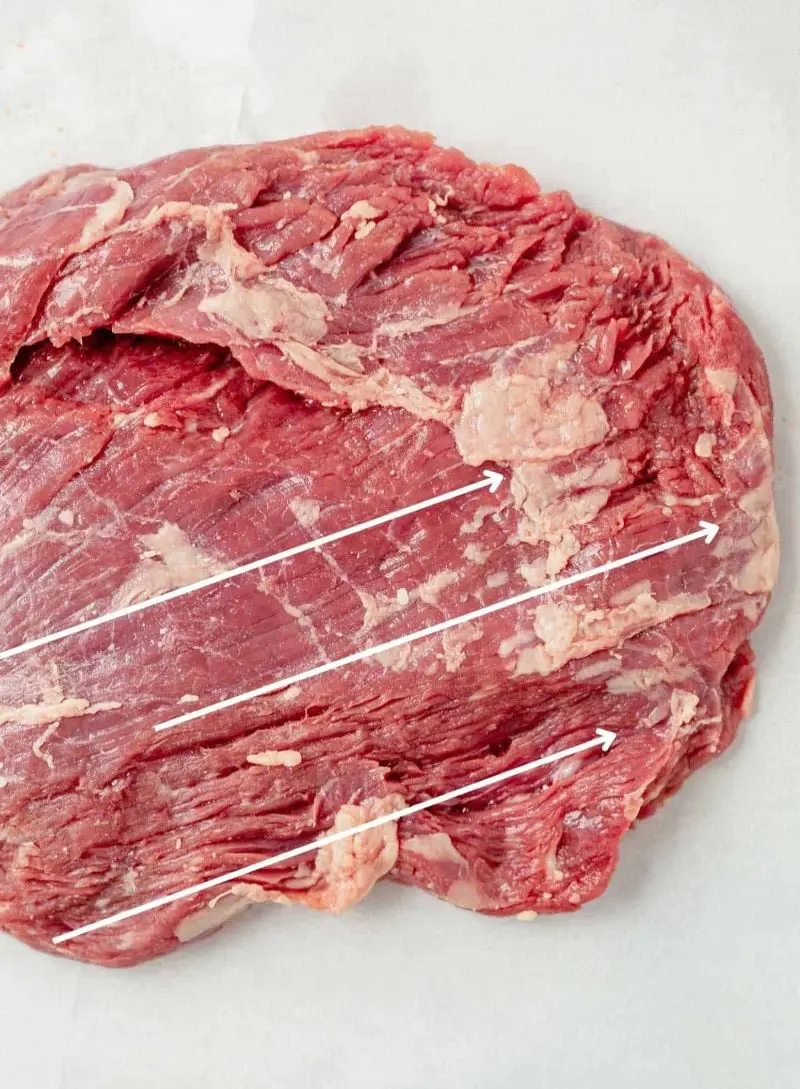
3. Cut Around the Bone (if needed)
If your steak has a bone (like a ribeye or T-bone), first cut alongside the bone to split the meat from it. Pull the meat away from the bone gently.
4. Position the Steak
Place the steak flat on the cutting board. Take note of which way the grain is running.
5. Slice Against the Grain
Take your knife and start cutting across the grain, not with it. This means cutting perpendicular to the lines of the grain. If the lines are running from left to right, cut your steak from top to bottom.
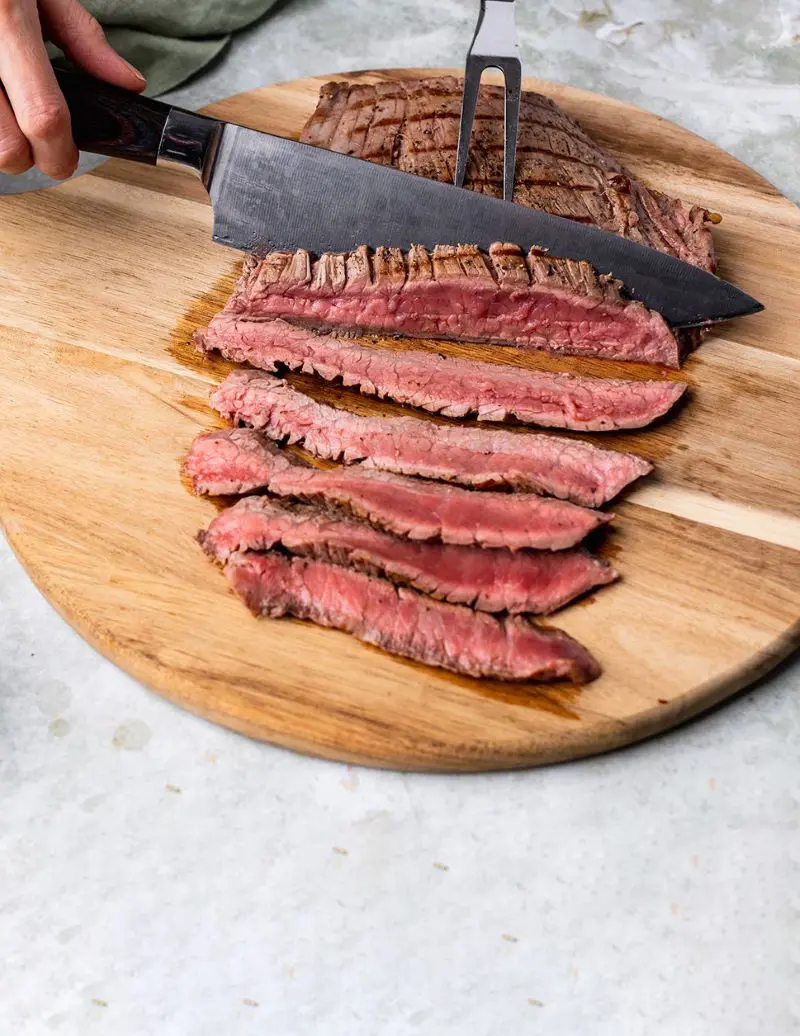
6. Cut Thin Slices
Aim to cut your steak into slices that are no more than ¼ inch thick. Thinner slices will be more tender.
7. Angle the Knife (Optional but Recommended)
For more tenderness, keep your knife at a 45° angle to the steak. This approach is referred to as "cutting on the bias." It helps divulge extra floor region and cuts through the muscle fibers more efficiently.
8. Check and Adjust
If you accidentally cut with the grain, simply reorient the steak and start cutting against the grain. It's important to get this right for the best texture. Once sliced, your steak is ready to serve. The pieces should be tender and easy to chew.
